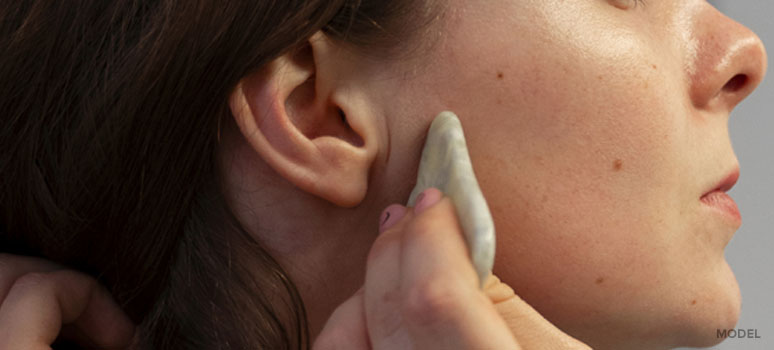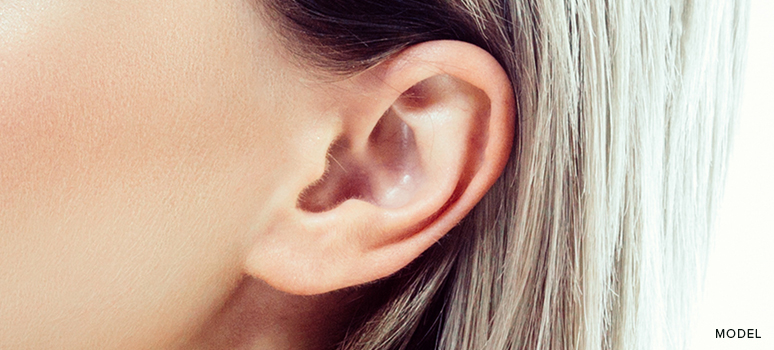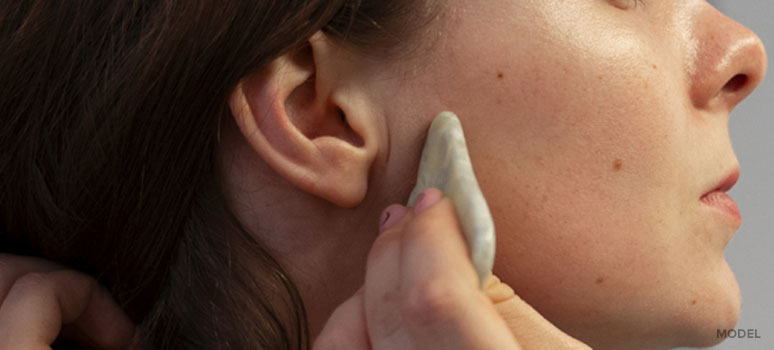Otoplasty, also referred to as “ear correction surgery,” is a common technique used to pin back or resize the ears. Even if the procedure is a very simple cosmetic procedure, it is crucial to comprehend the healing process and take the appropriate precautions for the best possible outcome. We shall examine otoplasty swelling in this extensive tutorial and offer helpful recuperation advice.
In this informative passage, we shall examine otoplasty swelling and offer helpful recovery advice under the care of Dr. Tyler McElwee and the team at Memorial Plastic Surgery.
Understanding Otoplasty Recovery Timeline

Recommended Article:
Otoplasty, or ear surgery, can be life-changing for those seeking a more balanced facial appearance. But what about recovery? Here’s how to ensure a smooth and comfortable journey to your new look.
The recovery timeline for otoplasty typically spans around 6 weeks, with noticeable improvements in the first 2 to 3 weeks. Many patients are able to resume normal activities, including work, after approximately 2 weeks. By the 3-month mark, most swelling should have subsided, and within a year, your ears should be fully healed.
Managing Otoplasty Swelling
Otoplasty swelling is a normal part of the recovery process. Here are some effective tips to help minimize and manage swelling during your recovery:
- Keep Your Head Elevated: Sleeping with your head elevated on extra pillows can help reduce swelling. This position promotes optimal blood circulation and lymphatic drainage, aiding in faster recovery.
- Wear the Recommended Headband or Bandages: Your surgeon will provide specific instructions on wearing a headband or bandages after otoplasty. These aids help maintain the new position of your ears and minimize swelling. Follow your surgeon’s guidance diligently.
- Avoid Touching or Rubbing Your Ears: It is crucial to refrain from touching or rubbing your ears, as this can lead to increased swelling or potential complications. Allow your ears to heal undisturbed.
- Stay Away from Extreme Temperatures: Exposing your ears to extreme temperatures can hinder the healing process and potentially damage the delicate tissues. Protect your ears from excessive heat or cold until your sensation returns.
- Follow a Healthy Diet: Proper nutrition plays a vital role in the healing process. Ensure you consume a balanced diet rich in fruits, vegetables, whole grains, and lean proteins. Adequate nutrition supports tissue repair and boosts overall recovery.
- Avoid Smoking: Smoking can significantly impede the healing process and increase the risk of complications. If you are a smoker, it is highly recommended to quit smoking altogether. If quitting is not feasible, refrain from smoking for at least 6 weeks post-surgery.
- Limit Physical Strain: Engaging in strenuous activities or contact sports too soon can lead to increased swelling and potential damage to the surgical site. Follow your surgeon’s instructions regarding physical activity limitations during your recovery.
- Follow Your Surgeon’s Guidelines: Your surgeon will provide you with personalized recovery instructions based on your specific case. It is imperative to follow these guidelines diligently to ensure a smooth and successful recovery.
Book a Consultation at Memorial Plastic Surgery
At Memorial Plastic Surgery, we understand the importance of achieving the best results from your otoplasty procedure. Our experienced face surgeon, Dr. McELwee, is dedicated to providing exceptional care and guidance throughout your transformation. Book a consultation today to discuss your otoplasty goals and create a personalized treatment plan tailored to your needs.







